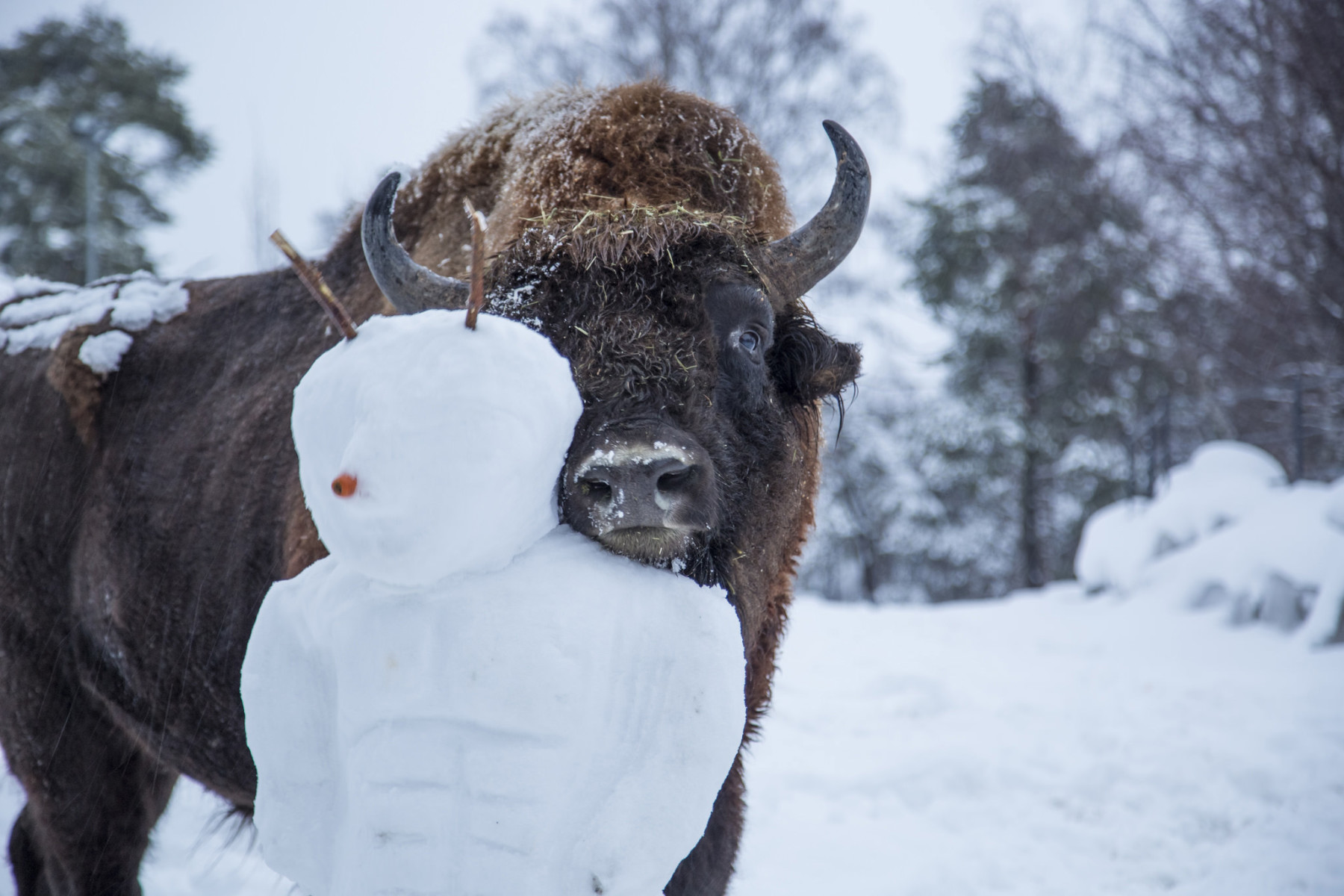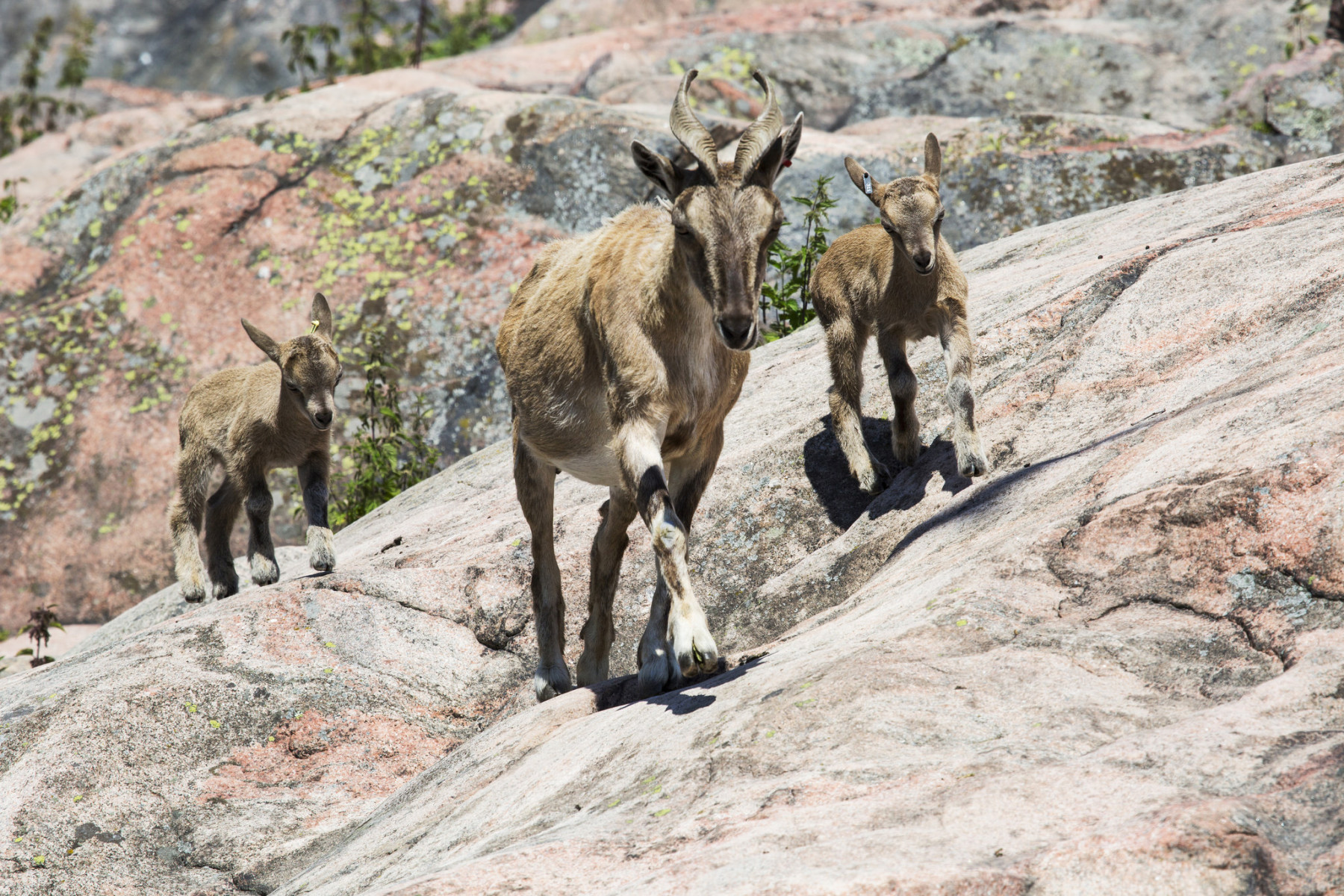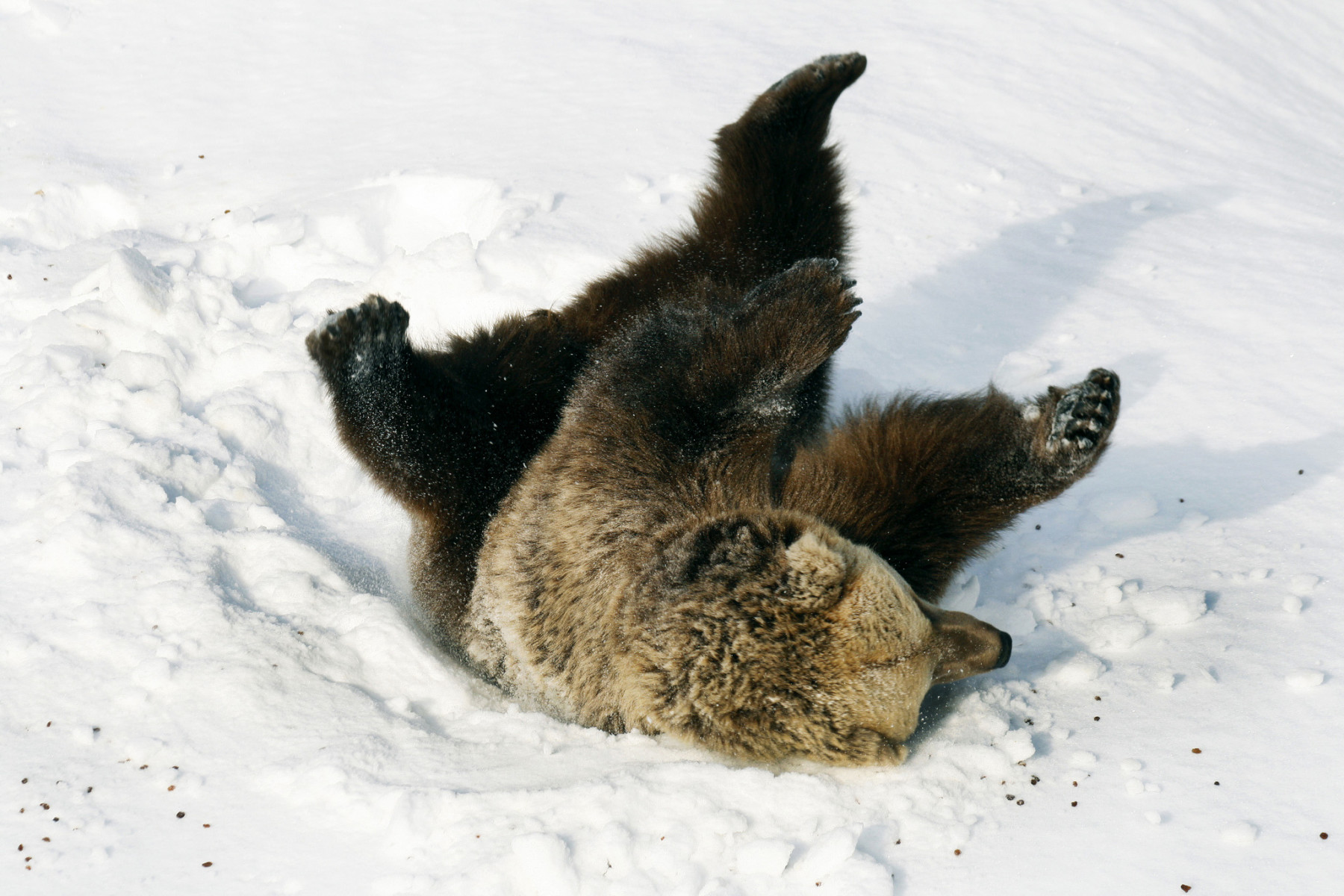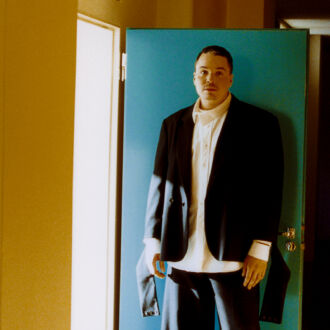Located on the rocky island of Korkeasaari, barely a stone’s throw from the centre of the Finland’s capital, Helsinki Zoo provides a hopeful refuge for endangered animals from exotic lands.
It seems strange to see animals like camels, lions, tigers and apes out in the snow on a winter visit to Korkeasaari. Many of Helsinki Zoo’s residents are creatures that typically thrive in cold or mountainous regions, but even those originating from warmer climes don’t seem too bothered by the icy breeze blowing in from the Baltic.

European bison born in Helsinki are today roaming the forests of Russia. But there are no plans to introduce the zoo’s abominable snowmen into the wild. Photo: Korkeasaari Archives / Mari Lehmonen
“The welfare of our animals is our top priority, and to enable them to behave more naturally it’s important that they can spend as much time in their outdoor enclosures as they choose to,” explains Nina Trontti, the head of Korkeasaari’s animal care unit. “For this reason it makes little sense to keep large African animals like elephants or giraffes here. But our Bactrian camels from Central Asia and our Barbary macaques from the mountains of northernmost Africa are naturally adapted to cold conditions. Our lions seem to cope well too, and it’s funny to see how their cubs love to play in the snow – like all children!”
The conservation of biodiversity is another top priority for all responsible zoos today. Helsinki Zoo has built up a proud reputation as a trusted partner in international zoo-breeding programmes that aim to save endangered animals from mountainous and northerly regions.
Beautiful big cats from the Far East
Nina Trontti herself serves on an international committee working to preserve the world’s rarest leopard: the Amur leopard from the upland forests of Siberia and NE China. “There are only 60-80 Amur leopards left in the wild, but we’ve managed to breed more than 20 here in Helsinki,” she says. “The cubs born here have been sent to other zoos in the programme, but some zoo-bred cubs should soon be rehoused in large enclosures in a reintroduction site in the Amur region, and we hope that their cubs will then be released to boost the wild population.”

Only 60-80 Amur leopards are left in the wild, but more than 20 cubs have been bred in Helsinki as part of an international conservation programme. Photo: Korkeasaari Archives / Suvi Tihinen
“We’ve also bred more than 100 rare Himalayan snow leopards here at Korkeasaari since the 1960s through a similar long-term captive breeding programme – and we hope that our pair of splendid Amur tigers will soon raise cubs too,” she adds.
Nina Trontti’s own personal favourite zoo residents are markhors. These mountain goats with their strikingly spiralled corkscrew-like horns can be seen skipping blithely up the steep rocky slopes overlooking the pier where most of the zoo’s summer visitors arrive by boat. “We’re pleased that our markhors manage to produce kids here each summer, since markhors are endangered in their wild range in Pakistan and Afghanistan,” Trontti says.

Helsinki Zoo is a great place for kids – including those raised each summer by the island’s resident herd of endangered markhor goats. Photo: Korkeasaari Archives / Henrik Sundén
“In future we aim to increasingly offer the knowhow we’ve built up here to help with reintroductions back into the wild,” she adds. The zoo staff are proud that European bison and lynx born and bred in Helsinki are today roaming wild in the forests of Russia and Poland.
Local attractions
Helsinki Zoo also houses many Finnish wild animals, including bears, wolverines, lynx, otters, owls, elk and wild forest reindeer. These Nordic beasts particularly interest visitors from outside Finland, who make up about 10% of Helsinki Zoo’s 500,000 annual visitors. But they also appeal to many Finnish city kids who are unlikely to encounter these beautiful and impressive creatures anywhere else.

About 1,500 brown bears roam wild in Finland’s vast forests, but Korkeasaari is the easiest – and safest – place to encounter a frisky Finnish bear. Photo: Korkeasaari Archives / Mari Lehmonen
Education is also very much part of the zoo’s work. Korkeasaari’s new nature school facilities opened in January 2016, and crowds of eager schoolchildren will soon be busily exploring the island and enjoying specially designed creative tasks and animal-themed projects.
“We believe there’s very much a justifiable place for zoos today – not only for conservation, but also to give people more direct emotional contact with animals,” says Trontti. “We can all see amazing images of wildlife on the internet and TV nature documentaries, but it’s quite different to encounter a huge elk or a powerful tiger eye-to-eye!”
A day at the zoo Helsinki Zoo stays open through the winter for animal-lovers and anyone keen to enjoy a bracing walk round the pleasant island of Korkeasaari. Photo: Korkeasaari Archives / Maarit Hohteri Helsinki Zoo makes for a good trip out all year round. In winter the peaceful island can be reached by footbridge from the terminus of bus 16, which visitors can catch in Railway Square or by Kulosaari metro station. Korkeasaari becomes much more popular in summer, when boats also run regularly to the zoo from the Market Square and Hakaniemi Square (1 May–30 September). |
By Fran Weaver, March 2016



